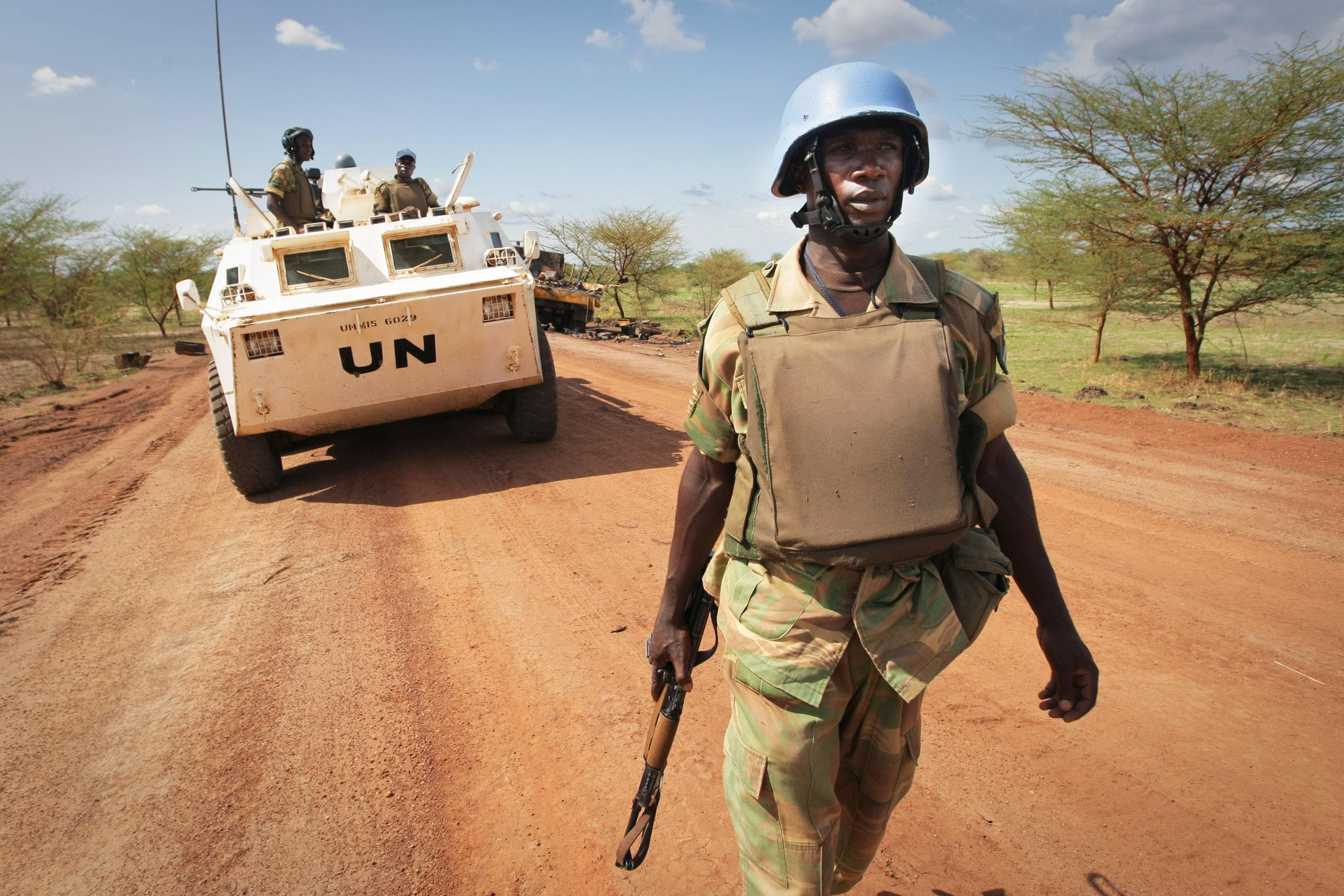By Donna Hicks (2011)
Pages: 240, Final verdict: Great-read
It’s hard to imagine that what triggers an innocent fight between siblings at the dinner table can be remotely connected to what triggers any war - and nope, this is not intended to be an allusion to some kind of butterfly effect.
What if all the conflicts starting right now, deep down, have a common origin? And what can be done to resolve or avoid them in the first place?
When a conflict is stripped of all political, economic and social layers, what solely remains are violations to what is usually regarded as the basis of human rights: Dignity, which also happens to be the title of Donna Hicks’ book on the subject.
But, what is dignity?
Despite the inexistence of consensus concerning the meaning of the word, different writers have been discussing for a long time what being treated with dignity represents.
“Dignity is an internal state of peace that comes with the recognition and acceptance of the value and vulnerability of all living things” - Donna Hicks
In this context, the author relies on her experience as a third party facilitator of international conflicts to suggest a modern version of a concept as old as humankind. Dignity is therefore humbly presented as:
- the inherent value and worth of each one of us;
- something incredibly vulnerable.
However similar it may sound to respect, these are two distinct ideas. Respect is something people need to earn through their actions, while dignity is something which is ingrained in people since they are born until they die, no matter who they are or what they do. It is not even a need, since for having it, one just needs to be. What’s more, it is up to each one of us if we let others hurt it.

The cornerstones of dignity
With this in mind, the reader is guided through the Dignity Model, built from scratch based on insights from evolutionary psychology, social neuroscience and philosophy.
The model, filled with anecdotes and practical examples, comprises three parts:
- the ten essential elements of dignity: the building blocks of dignity are exposed such as safety of physical or psychological threats, independence or acceptance of identity;
- the ten temptations to violate dignity: attitudes that can interfere with one’s dignity like blaming others to deflect own guilt, avoiding conflict or shrinking responsibility;
- how to heal relationships with dignity: an insight on what it takes to start a reconciliation process.
The power of the model presented lies in its versatility, the array of different settings it can be applied to, ranging from classroom to workplace, aimed also at creating a new framework for leadership behaviours - though harder to implement than to understand in principle.
“No one can make you feel inferior without your permission” - Donna Hicks
Bottom line
Dignity: Its Essential Role in Resolving Conflict is an interesting and easy read, allowing anyone to quickly grasp what such an abstract concept entails and revealing how it can be put to good use in day-to-day life.
On the one hand, despite the vast research conducted in order to shape the Dignity Model, it sometimes struck me as overly simplistic and fluffy as it refuses to take into account the intricate circumstantial factors that characterize every single conflict. Let's not forget their complexity can be tremendous, especially at high level international ones. Also, it remains somewhat vague how the author arrived at each one of the essential elements of dignity and what lead her to choose this particular set of elements.
On the other hand, the book creates awareness for the blind spots one might have which can lead to the crossing of others' invisible lines of conflict, most of the times followed by the unpleasant emotional reactions our brains have long been hardwired to display, the result of millions of years of evolution.
All in all, I think the content is relevant and the message clear.
Even if many of the ideas are not exactly original (and may possibly come across as clichés - e.g. how much is a life worth?), the way they are structured might be able to shift one’s perspective about what it means to have healthy relationships and, ultimately, what it means to be human.
Further learning:
This post was written by Pedro Justo, a guest author at BetaGlyph. You can find out more about the author at betaglyph.com/about.



